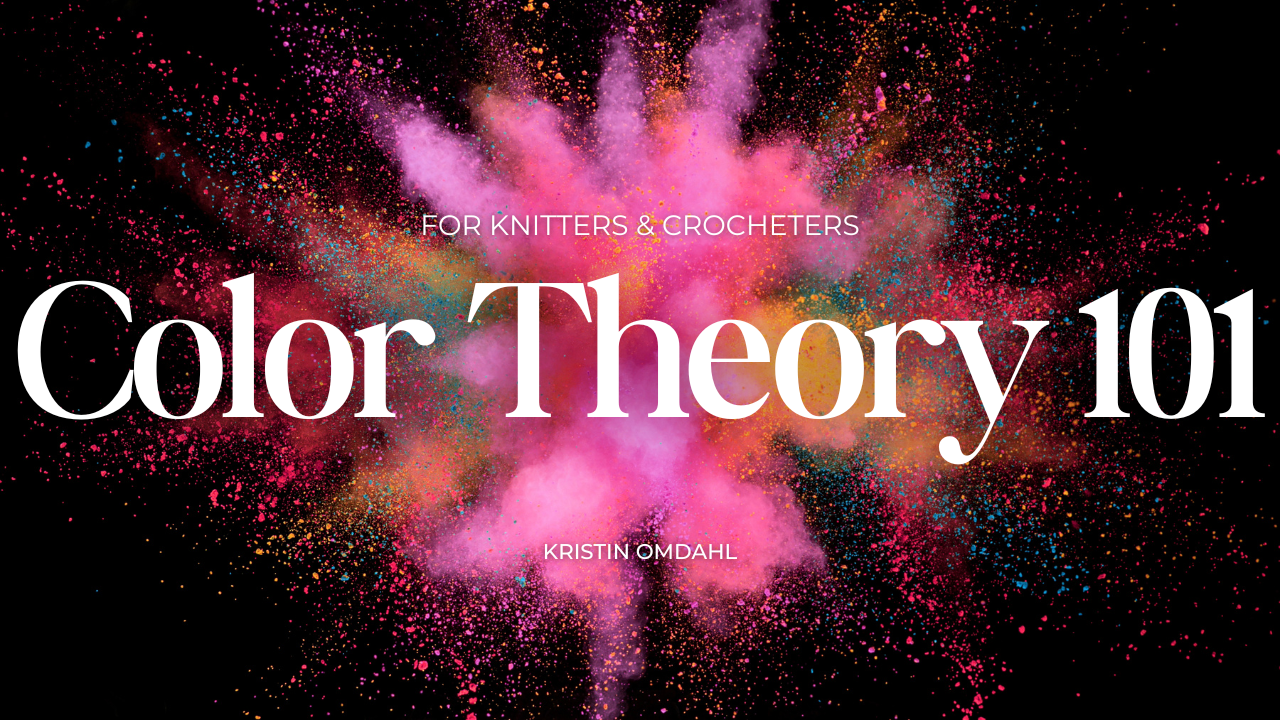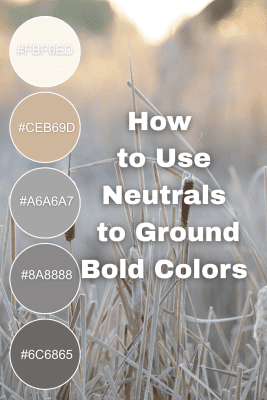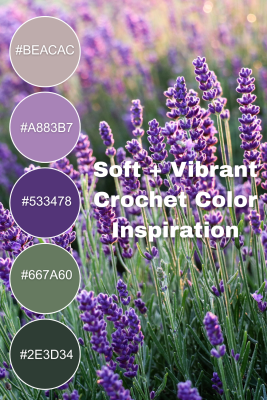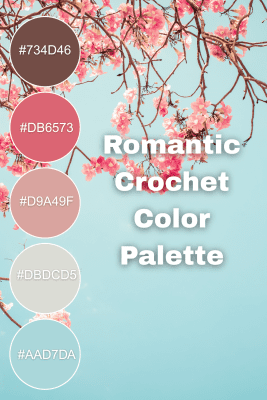Color, Color theory
Color Theory 101 for Knitters & Crocheters
Color is one of the most powerful tools we have as makers. The right palette can transform a simple stitch into something extraordinary — a shawl that glows like a sunset, or a blanket that feels calm and coastal. Yet many makers feel stuck when it comes to choosing yarn colors. Should you play it safe with neutrals? Try bold contrasts? Or mix scraps in a way that feels intentional?
This guide will walk you through the basics of color theory so you can choose yarns with confidence and bring more magic to your projects.
The Basics of Color Theory
At its simplest, color theory helps us understand how colors relate to one another on the color wheel. Here are three main relationships you’ll use again and again:
-
Complementary colors: Opposites on the color wheel (blue + orange, purple + yellow). These create high contrast and drama.
-
Analogous colors: Neighbors on the wheel (blue, blue-green, green). These feel harmonious and soothing.
-
Triadic colors: Three evenly spaced hues (red + yellow + blue). This creates balanced energy and vibrancy.
Maker Tip: If you’re unsure, start with one main color you love, then use the wheel to find either its complement (for contrast) or neighbors (for harmony).
A color wheel is a great tool for helping you to learn how to combine colors. I like this color wheel.
How Color Affects Mood
Color isn’t just visual — it’s emotional. Think about how you want your project to feel:
-
Warm colors (red, orange, yellow): energizing, bold, cozy
-
Cool colors (blue, green, purple): calming, fresh, tranquil
-
Neutrals (gray, cream, taupe): grounding, versatile, timeless
Example: A shawl in fiery red tones might feel bold and dramatic, while the same stitch pattern in sea-glass blues feels serene and coastal.
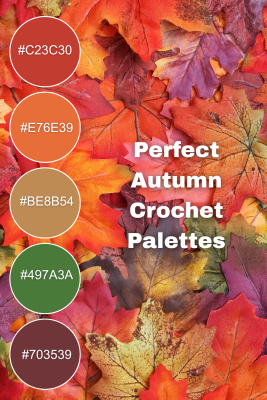
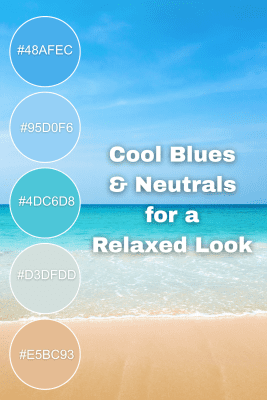
✨ Texture + Color: A Secret Duo
Texture and color work hand-in-hand. Busy stitch patterns often shine best in solids or subtle gradients, while simple stitches can carry bold variegated yarns.
-
Solid colors: Show off stitch detail (perfect for lace or cables).
-
Variegated or speckled yarns: Add energy to simple stitches like double crochet or garter stitch.
-
Gradient sets: Naturally flow between shades — great for shawls and wraps.
Tools for Makers
-
Yarn pegs/cards: Wind small amounts of yarn onto cards or clothespins to play with combinations before committing.
-
Digital tools: Apps like Canva or Procreate let you test palettes (I love using them to design Sea Glass mosaics!).
-
Nature’s palette: Seashells, sunsets, autumn leaves — nature is the best color teacher.
Easy Starter Palettes
Here are 3 foolproof combos for your next project:
-
Coastal Calm: seafoam green, sandy beige, driftwood gray
-
Harvest Glow: pumpkin orange, mustard gold, deep brown
-
Classic Chic: black, cream, and a pop of red
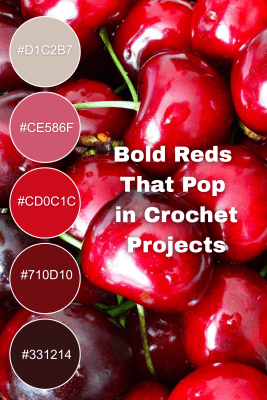
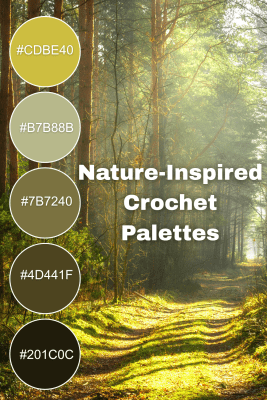
Make It Your Own
Color theory gives you the tools, but there are no rules carved in stone. Trust your eye, trust your story, and remember — if you love it, it’s the right choice.
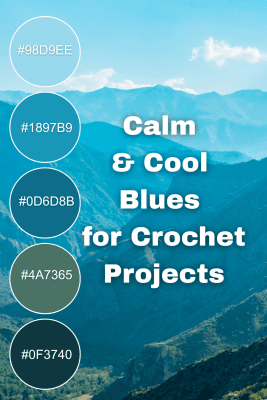
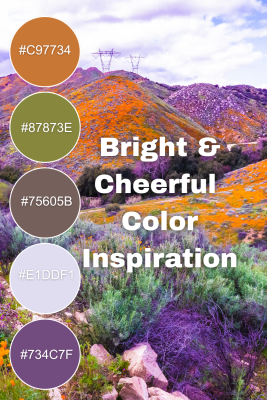
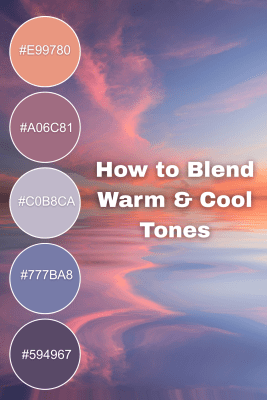
Try It Out
If you’re ready to put color theory into practice, start with one of these projects:
-
Velvet Wake Wrap – timeless in solids, dramatic in gradients
-
Firelight Facets Shawl – perfect for solids, gradients or combining your own palette
-
Luca’s Compass Coasters – quick makes to test palettes
✨ Join the Creative Journey
Want more resources like this? Sign up for my Email Family and get my Motif Magic eBook FREE — 17 knit & crochet motif patterns to experiment with color today!
About Kristin Omdahl
When she’s not writing, Kristin shares crochet and knitting designs, recipes, and behind-the-scenes glimpses of her creative process with her global community on Patreon.


